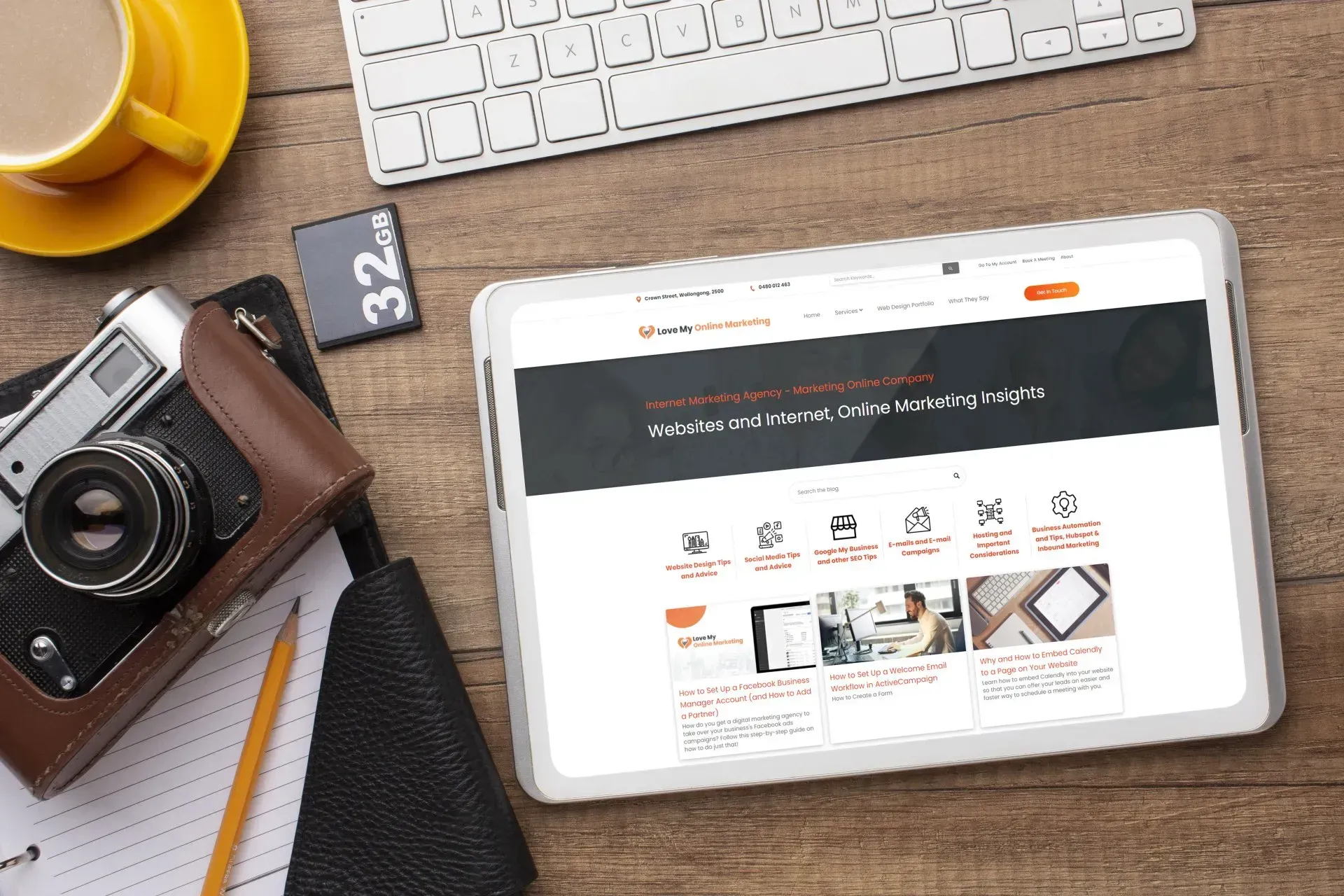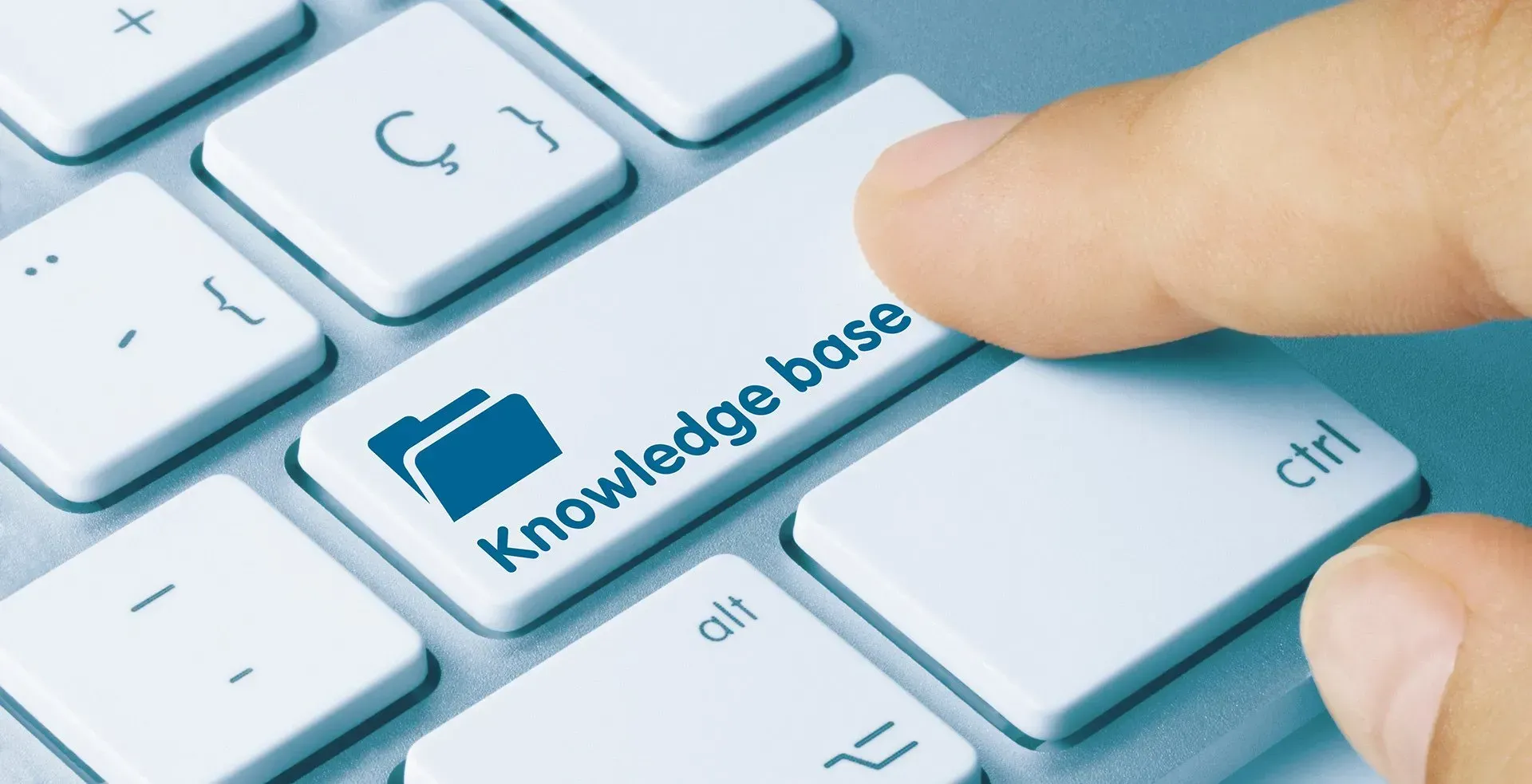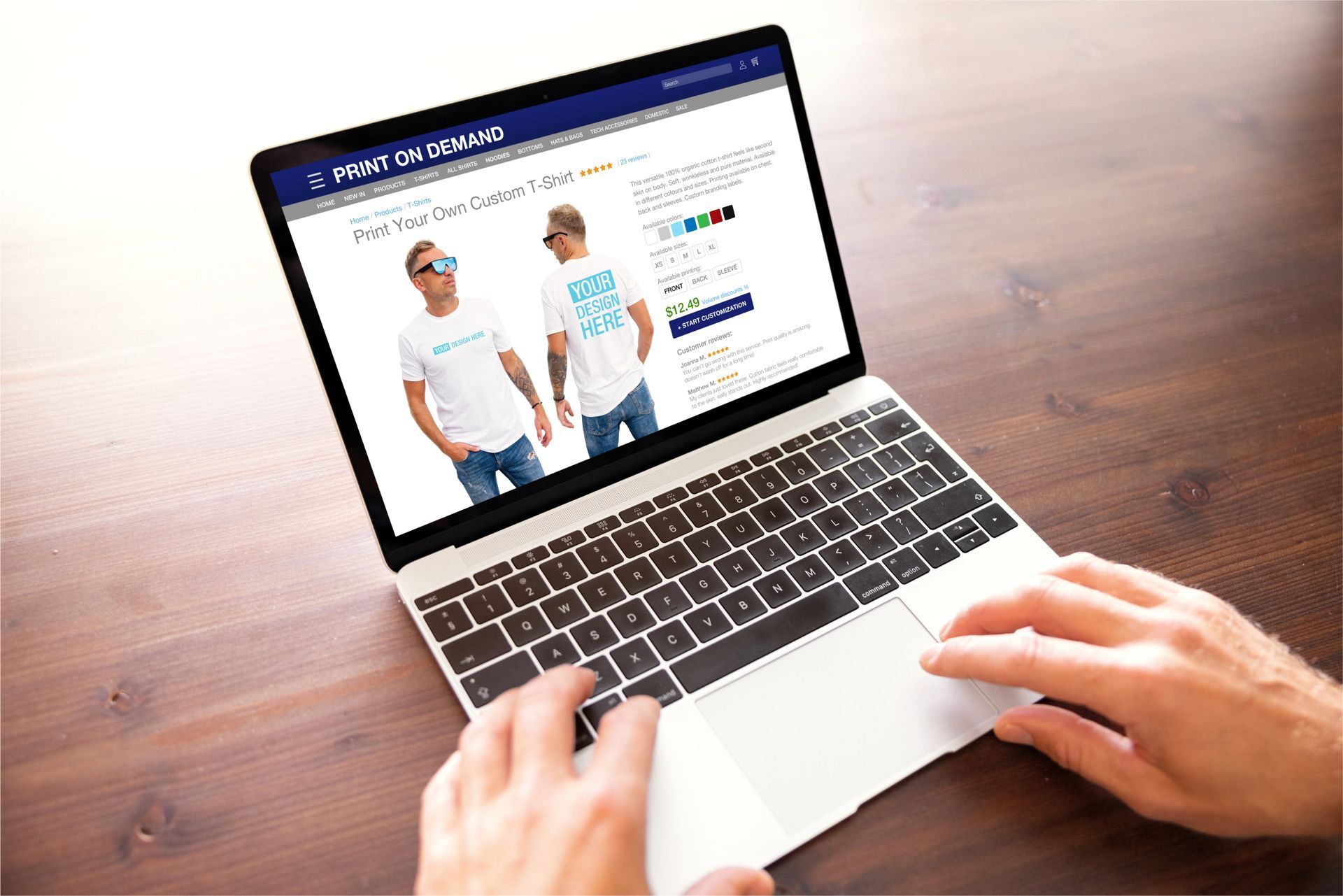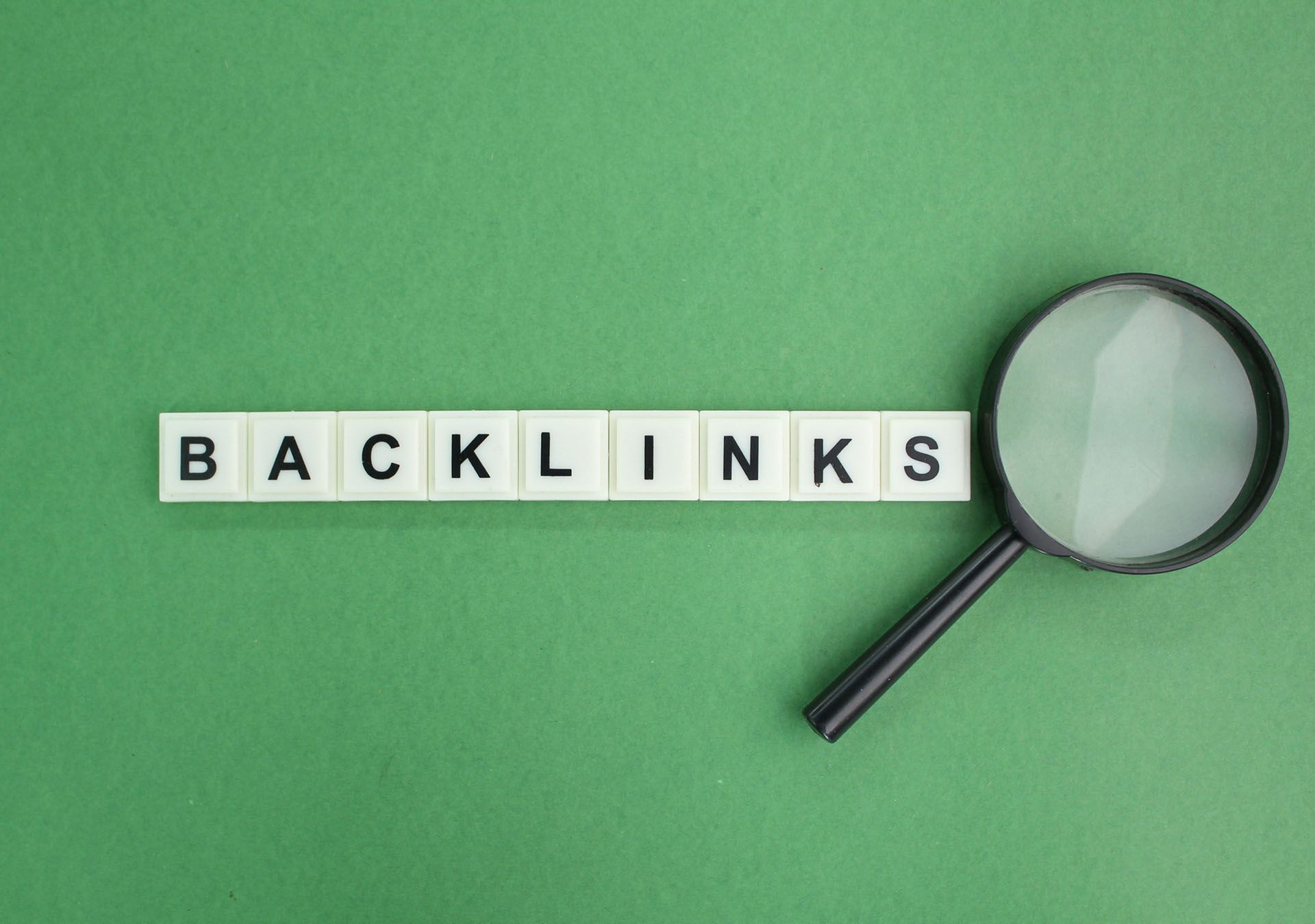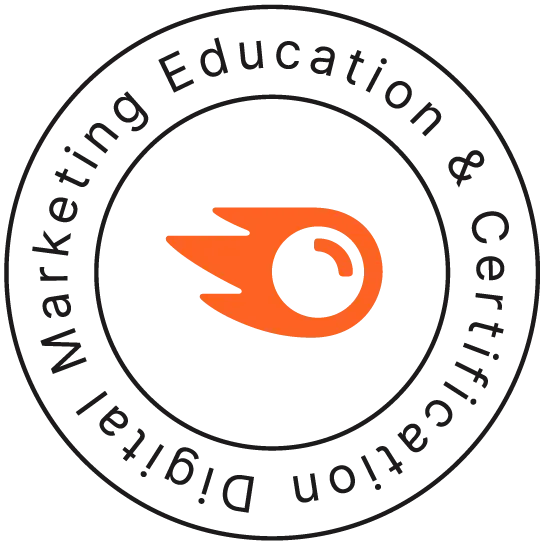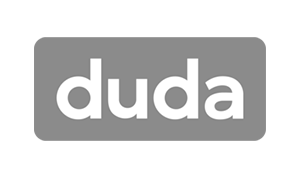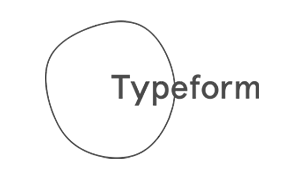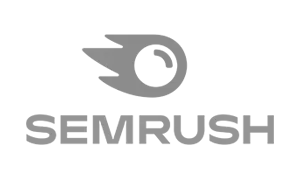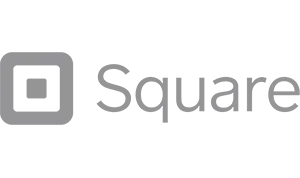Crown Street, Wollongong, 2500
11 Best Animation Techniques for a Successful Web Design
Did you know that 94% of users will leave a website simply because of poor design? In today’s digital landscape where first impressions matter, investing in a well-designed and user-friendly interface is crucial for keeping visitors on your site. Significantly, adding elements like animations is key to staying updated on the latest design trends.
That’s why I’ve compiled this list of the 11 best animation techniques that designers can use for a successful web design. These techniques are designed to strike a balance between visual appeal and functional efficiency. By incorporating these strategies, designers can create websites that are not just visually stunning but also engaging and seamlessly interactive.
Read on to explore the best animation techniques that every designer should consider adding to their web design toolkit.
What is animation in web design?
Web animation refers to the use of motion and movement effects in web design to enhance the visual appeal and interactivity of a website. It involves incorporating dynamic elements, such as transitions, transformations, and animations, using technologies like HTML, CSS, and JavaScript.
Web animations can range from simple hover effects and loading spinners to complex parallax scrolling, background videos, and interactive storytelling elements. The primary goal of web animation is to create a more engaging and user-friendly experience by adding movement to various elements on a webpage, making the content visually dynamic and enhancing the overall interactivity of the site.
Why is animation important in web design?
Animation in web design is essential for enhancing user engagement and visual appeal. It adds a dynamic and interactive layer to the user experience, making websites more memorable and enjoyable.
Enhances User Engagement
Animation enhances user engagement by adding dynamic and visually appealing elements to a website. Motion attracts attention, guiding users through the content and providing a more interactive experience. Not only that but animations can highlight important information, guide users through navigation, and offer visual feedback, making the user interface more intuitive.

Moreover, dynamic transitions and effects create a sense of liveliness, keeping users interested and encouraging them to explore further. By creating a visually engaging and interactive environment, animation contributes significantly to capturing and maintaining user attention, ultimately enhancing the overall user engagement on a website.
Guides User Navigation
Animations basically provide visual cues and transitions that assist users in understanding the structure and flow of a website. Elements such as animated menus, scroll-triggered effects, or page transitions serve as guides, indicating interactive points and signalling changes in content.
Smooth animations can help direct attention to important elements and facilitate a smoother navigation experience. They aid users on where to find information, making the navigation process more intuitive. By visually guiding users through the interface, animation contributes to a seamless and user-friendly navigation experience, allowing them to explore and interact more with the website effectively.
Enhances Aesthetics
When applied in a careful deliberate manner, animations can contribute to the overall aesthetics of a website. Animation enhances aesthetics in web design by introducing dynamic and visually engaging elements for a more modern and polished appearance.
When these layers of elements are added, the website’s user interface becomes visually pleasing and memorable to users. Transitions, fades, and motion effects can be used to convey a sense of fluidity and coherence, making the overall design more aesthetically pleasing.
Additionally, animations can be employed to draw attention to key elements, highlight important information, or create a visually captivating storytelling experience. When used with a careful design approach, animation becomes an integral part of the aesthetics, elevating the overall visual appeal and user experience of a website.
Boosts Brand Identity and Recognition
Thoughtfully crafted animations can convey a brand's personality, values, and uniqueness. Consistent use of specific animations, such as motion logos or signature transitions, reinforces visual cues that become synonymous with the brand. This visual consistency fosters brand recognition and helps the audience associate specific animations with the brand's identity.
The more engaging and well-executed the animations are, the more you can leave a lasting impression on visitors. Therefore, making your brand more distinct in a competitive digital landscape.
Elevates the Overall Website Experience
By adding layers of interactivity, engagement, and visual appeal, dynamic animations can contribute to a more immersive and enjoyable web experience for users. The dynamic nature of animations captures users' attention, prolonging their interest and encouraging them to explore more of the various elements on your site.
As this interactive journey unfolds, users are likely to develop a stronger connection with your content. The use of animations not only enhances the aesthetic appeal of your website but also reinforces the functionality, creating a seamless and memorable user experience that resonates positively with your audience.
What animation techniques can you use on your web design?
There are various types of animation techniques that can enhance web design and create engaging user experiences. Here are some of them.
1. Navigation and Menus
Navigation is one of the most common types of animation in web design, playing a crucial role in user interaction and experience. For instance, when menu items appear, screen overlap can be employed for added impact, and a subtle transition of the underline for the active link contributes to a polished and user-friendly design.
Hidden navigation, which is popularly used today, allows for a cleaner visual presentation that focuses on user engagement. With just a simple click of the icon, you can be directed to the next stage, creating more whitespace.
To keep users focused on the main website area, website navigation animations offer benefits such as:
- They structure the UX architecture
- They help categorise your site
- They facilitate easy content discovery
- They reduce user search time
- They enhance page accessibility.
From smooth transitions to creative hover effects, animated navigation elements contribute to a cohesive and dynamic design, ensuring a positive and interactive experience for website visitors.
2. Micro-Interactions
Micro-interactions are small, subtle animations that are designed to enhance user engagement and provide immediate feedback. These minor interactions occur in response to user actions, such as clicking a button, hovering over an element, or scrolling through content.

For instance, when a button is clicked, you may notice a colour change or a slight bounce effect. When an error is encountered, a subtle vibration might occur, providing users with an instant visual and tactile cue. Moreover, switching between tabs creates a smooth transition which adds a polished touch to the user interface. While micro-interactions are individually small, they add a layer of sophistication and user-friendly responsiveness that make interactions with the website more engaging.
3. Scroll Animations
Scroll animation is a type of animation that is designed to engage users by introducing dynamic visual effects as they scroll down a webpage. This animation creates a captivating and interactive experience by manipulating the movement of background and foreground elements at varying speeds. As users scroll, the elements come to life, providing a sense of depth and immersion to the user.
Scroll animations are versatile, offering opportunities for creative storytelling, emphasising key content, and contributing to a more polished and modern web design. Whether used to showcase product features, navigate through a narrative, or add an extra layer of sophistication to a brand's online presence, scroll animations serve as a powerful tool for enhancing user experience and creating memorable interactions.
Types of Scrolling Animation
There are different types of scrolling animation for web designers to use. These include:
Fade-in animations
Fade-in animations are activated as the user scrolls down the page, resulting in elements gradually fading in or out within the website layout.
Parallax scrolling
Parallax scrolling involves background and foreground elements that are moving at different speeds, creating an illusion of depth and a 3D effect as users scroll.
Sticky elements
Sticky elements refer to specific elements, like navigation menus or call-to-action buttons, that stay anchored in position as the user scrolls through the page, ensuring constant accessibility for user interaction.
Animated backgrounds
Animated backgrounds refer to dynamic elements in the background of a page that generate a captivating sense of motion and mesmerising effects. These animations often involve subtle movements, such as flowing patterns, gentle gradients, or ambient motions, creating an immersive and visually appealing backdrop.
4. Loading Animations
Loading animation is a visual element displayed on a webpage during the time it takes for content or features to load. It serves as a visual indicator, reassuring users that the website is actively retrieving information and that their request is in progress.
Loading animations come in various forms, such as spinners, progress bars, or animated icons, and are designed to mitigate the perception of waiting times. These animations not only provide feedback on the loading status but also contribute to a more user-friendly experience by reducing the perceived duration of wait periods and adding a dynamic element to the interface.
By adding loading animations on your website, users can have something visually engaging to focus on during brief wait times, enhancing their overall experience and maintaining engagement while content loads in the background.
5. Background Animations
Background animations refer to dynamic and visually engaging movements or effects that are applied to the background of a webpage. Unlike static backgrounds, animated backgrounds incorporate motion to create a more immersive and captivating experience for users. These animations can take various forms, such as subtle patterns shifting, gradients changing colours, or more complex movements that add depth and interest to the overall design.
Background animations are often used to enhance the aesthetic appeal of a website, convey a brand's identity, or contribute to a specific theme or atmosphere. By introducing movement to the background, these animations help make the site more visually dynamic and memorable.
Furthermore, they have the ability to add visual interest to a webpage without distracting the main content. These understated movements have the power to transform a static image into a more captivating and dynamic visual experience that introduces an element of surprise for users.
6. Galleries and Sliding Transition
Nowadays, slideshows are widely used on websites as they enable users to easily browse through numerous photos without compromising the overall user experience. They offer a pleasant method to display multiple images on your website, allowing users to navigate through the pictures or move to another page of your site's content.
However, it's important to consider the quantity of images and the speed of the slideshow as these vital aspects directly impact the overall user experience. Striking the right balance ensures that users can enjoy the slideshow without feeling overwhelmed or experiencing any negative effects due to excessive speed.
7. GIFs and Cinemagraphs
Graphics Interchange Format (GIFs), are short, looping animations that add dynamism to web content. They are often used for conveying emotions or highlighting specific actions. Cinemagraphs, on the other hand, elevate the animation experience by seamlessly blending still images with subtle, continuous motion, creating a more refined and cinematic effect.
These mesmerising visuals capture users' attention and effectively communicate information, making them valuable tools for web designers to convey brand stories, showcase product functionalities, or create visually stunning backgrounds. Overall, both GIFs and Cinemagraphs contribute to a more dynamic and interactive user experience, capturing the attention of users and fostering a memorable online presence for them.
8. SVG Animations
Scalable vector graphics (SVG) animation is a type of image format that is specifically used for vector graphics on the web. By using SVGs, you can encode information about shapes and colours, as opposed to relying on pixel data. This functionality allows the scaling of designs without losing quality.
SVGs' scalability is powerful for creating responsive animations across various sizes and resolutions. In SVG CSS animation, designers use code to control the movement of SVG images according to their intended design.
SVG animations provide a lightweight and flexible solution, ensuring sharp and high-quality visuals that adapt seamlessly to different screen sizes. With their scalability and adaptability, SVG animations offer web designers a powerful tool to enhance user engagement and create interactive and captivating online experiences.
9. Video Backgrounds
Video backgrounds involve the use of dynamic video content as a backdrop on a website, offering a visually engaging and immersive experience. Rather than static images, these full-motion videos can convey brand stories, showcase products, or create a specific ambience on a webpage.
While adding a modern and captivating element to web design, careful consideration of file sizes is essential to maintain optimal loading times for a seamless user experience. Video backgrounds have become a prevalent design choice, contributing to a more visually appealing and interactive online presence.
Integrating background videos that play automatically adds a dynamic and visually captivating element to the webpage. This multimedia feature not only grabs the viewer's attention but also creates an immersive and memorable user experience. The seamless integration of video content contributes to a modern and engaging design, allowing the website to convey its message in a more compelling and interactive way.
10. Hover Animations
Hover animations are another commonly employed animation on websites. They are interactive design elements that respond to user actions, specifically the hovering of a cursor over a designated area. These animations provide immediate visual feedback which enhances user engagement and creates a more dynamic browsing experience.
CSS animations, which are created with JavaScript, offer feedback on users' actions. When users hover their cursor over an element, such as buttons, images, or links, the hovering animation triggers a visual response. This can include changes in colour, size, or other visual effects, offering users a clear indication that the element is interactive.
Hovering animations not only add a layer of interactivity to a website but also contribute to a more intuitive and engaging user experience by providing real-time visual cues during navigation.
11. Storytelling Animations
Storytelling animations are a creative design approach used in web development to convey narratives and engage users through visual storytelling. These animations go beyond static content by dynamically presenting information, guiding users through a story arc, or emphasising key elements of a message.
Through carefully choreographed movements, transitions, and visual effects, storytelling animations offer a more immersive experience that’s memorable to users. Whether used for product narratives, brand stories, or informational content, storytelling animations capture the audience's attention, enhance comprehension, and contribute to a compelling and emotionally resonant connection between the user and the content.
Can animations impact website loading times?
Animations can significantly impact a website's loading times especially if they are not optimised appropriately. When animations are used excessively, it may lead to increased file sizes that will result in longer loading times. This can potentially create a less-than-optimal user experience, especially for visitors who have slower internet connections or are using less powerful devices.
As website performance is a critical factor in user satisfaction, implementing efficient animation practices becomes crucial. To do this, implement best practices to ensure that the website remains responsive and loads efficiently across various devices and network conditions.
What are the best practices for using animation in web design?
Here are some best practices for using animation in web design:
Purposeful Animation
Every animation on a website should serve a clear purpose. Whether it's guiding users through the interface or emphasising crucial information, it's important that you avoid incorporating animations solely for visual appeal without a meaningful function. By creating purposeful animations, you can enhance the overall effectiveness of your website's design through increased user engagement and a more seamless user experience.
Performance Optimisation
Animations that are optimised promote better performance by preventing delays in page loading. Using modern CSS animations or lightweight JavaScript libraries, you can guarantee smooth and efficient animation effects. This approach enhances the overall user experience by maintaining fast loading times while allowing you to incorporate engaging visual elements.
Consistency
Ensure a consistent animation style across your website to establish a unified user experience. Consistency in animations aids users in becoming familiar with the interface. This fosters a smoother and more intuitive navigation process that contributes to a cohesive design. In turn, this makes the overall user journey more seamless and enjoyable.
Responsiveness
Make sure your animations are compatible with mobile devices and that they adapt well to different screen sizes. Responsive animations play a key role in providing a smooth and seamless experience for users as they ensure that the visual elements remain effective and enjoyable across various platforms.
User Control Options
Provide users with options to control or disable animations to accommodate different preferences. This is important to ensure that users can easily locate and understand how to customise their animation experience. Moreover, consider incorporating default settings that strike a balance between a visually engaging experience and accessibility for users who might not actively adjust these options. By maintaining transparency and offering user-control options, websites can create a more inclusive and adaptable environment for a diverse audience.
Loading Animations
Use loading animations to provide feedback during content retrieval without causing frustration. Additionally, consider incorporating informative messages alongside loading animations to convey the progress of content retrieval, enhancing transparency and managing user expectations. Striking a balance between providing feedback and maintaining efficiency ensures a positive user experience during periods of loading or content updates on the website.
Compatibility Testing
Test animations across different browsers to ensure compatibility and consistent performance. Stay informed about browser updates and address any compatibility issues promptly to ensure a seamless experience for users across various platforms. Moreover, consider conducting usability testing to gather feedback on how animations function in real-world scenarios, allowing for continuous improvement and refinement.
Accessibility Considerations
Ensure that animated content is accessible to users with disabilities through alternative text and keyboard navigation. Provide descriptive alt text for animated elements, allowing screen readers to convey meaningful information to users with visual impairments. Implement keyboard shortcuts or navigational controls that enable users to interact with animations easily.
Performance Monitoring
Regularly monitor website performance metrics to identify and address any issues related to animations promptly. Keep an eye on metrics such as page load times, server response rates, and user engagement to ensure that your animated elements enhance rather than hinder the user experience.
You can also consider gathering feedback from users to understand how animations impact their interaction with the site. This allows you to make informed adjustments for optimal performance and satisfaction.
Wrapping Up
Applying the right animation techniques to web design is a powerful strategy for achieving a successful and engaging online presence. The 11 animation techniques discussed in this guide serve as dynamic tools to capture audiences’ attention, enhance user experience, and convey brand identity effectively.
From subtle micro-interactions to seamless transitions, each technique plays a unique role in enhancing the visual appeal and functionality of a website. As the digital landscape evolves, staying attuned to these animation trends and implementing them thoughtfully will undoubtedly contribute to a more memorable, user-friendly, and successful web design.

Love My Online Marketing has 10+ Years of working alongside businesses and helping them grow. Discuss your options for online success from website Design and Development through to Google Marketing.
Do you want more traffic and business leads?
Love My Online Marketing is determined to make a business grow. Our only question is, will it be yours?






